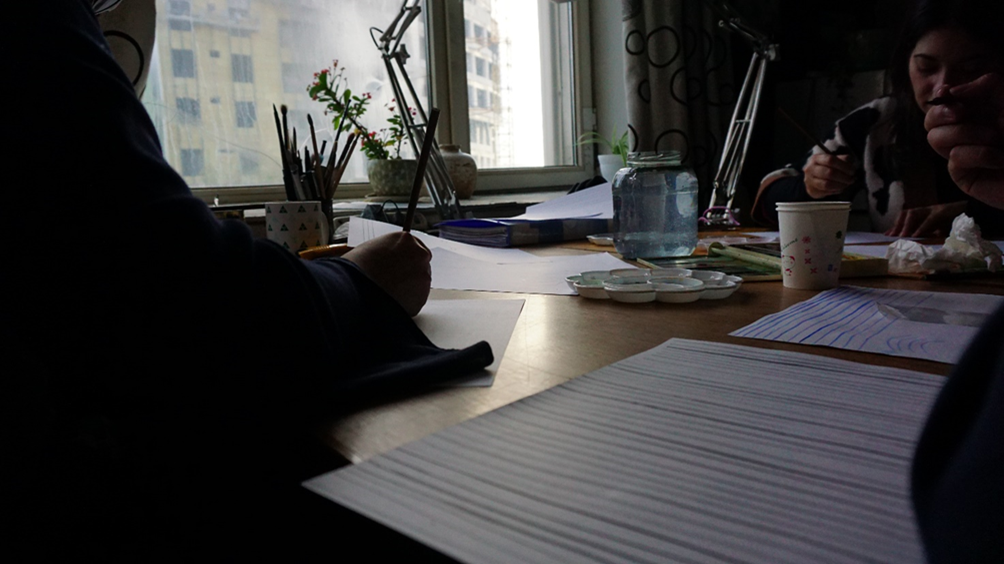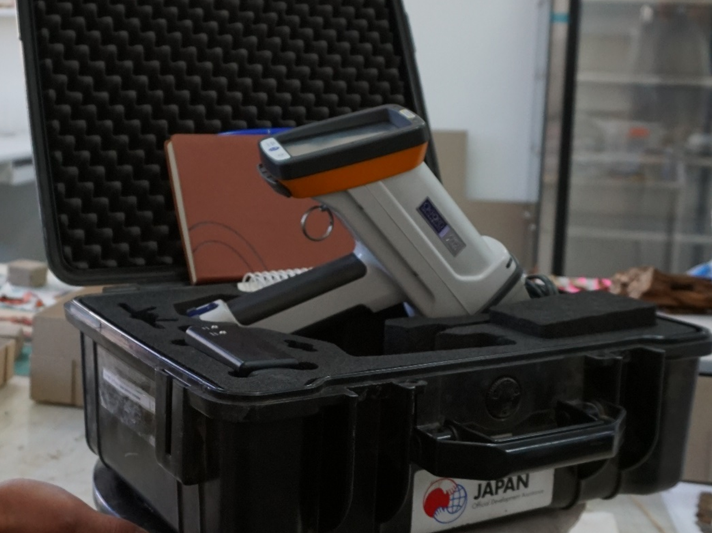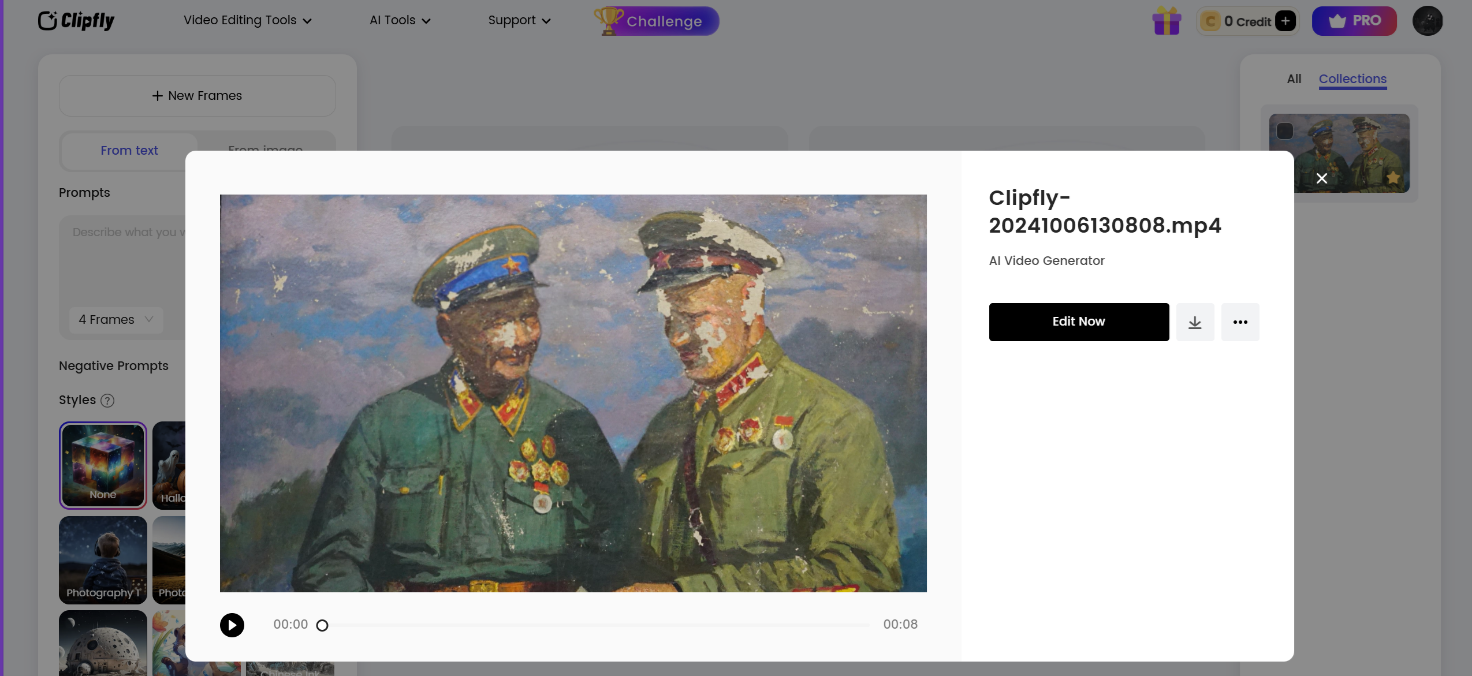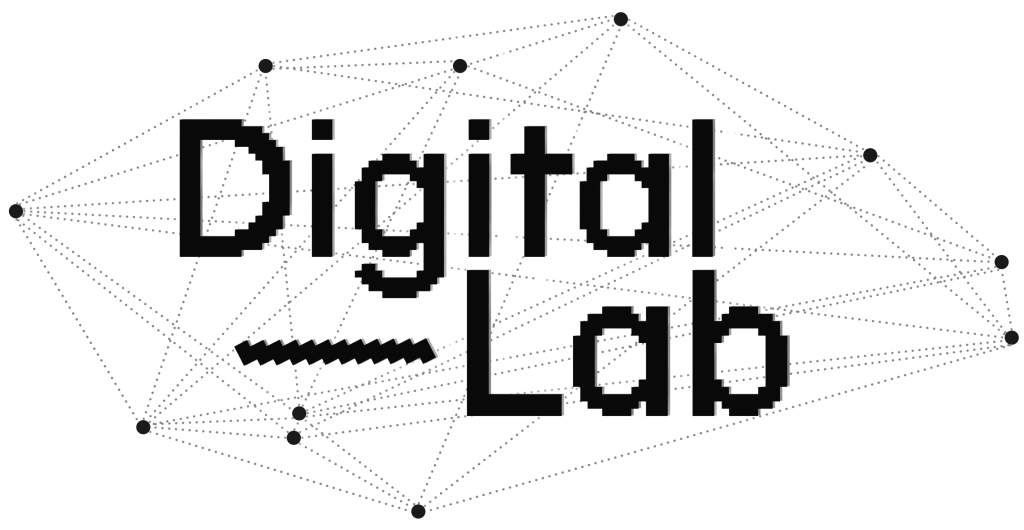Our trip to Mongolia with the ARTEST project was a key stage to create a synergy between technological innovation and cultural tradition, in order to design an experimental study program in the growing field of Digital Humanities applied to cultural assets. Our activities took place as part of an international project (funded under the European Erasmus Plus Capacity Building for Higher Education program) within several academic institutions, including the Mongolian National University of Arts and Culture (MNUAC), which is where our activities took place.
ARTEST: A Project for the Future of Digital Humanities

The ARTEST project arises from the feeling that skills in the cultural sector are changing fast in the direction of a combination of humanist methodologies and digital advanced tools. ARTEST seeks to train professionals who will be able to respond to the challenges of the digital era, with a specific focus on historical-artistic heritage. Some of the key goals of the project:
- Innovative educational methodology which integrates digital humanities and STEM (Science, Technology, Engineering, and Mathematics) with results from humanities disciplines.
- Academic staff being trained with new digital skills.
- Starting up an international exchange-oriented multidisciplinary degree program.
- Establishment of the Digital Lab, — a global platform for virtual international projects through the preservation and enhancement of cultural heritage
- Innovation in the humanities, given new life through the best of digital technologies.
The experience at the Mongolian National University of Arts and Culture (MNUAC)

MNUAC has a rich history as a major institution in Mongolia with over three decades of performing arts and cultural education. The University includes six flagship schools — among them the School of Visual Arts and Design — and creative spaces, including theaters, recording studios and research centers.
Our work at the MNUAC Department of Restoration was centred at restoring and supplementing the painting “General Commander” by the painter Nyam-Osoryn Tsultem dedicated to important historical events like the battles of Khalkhin Gol. The carried-out activities were involved restoration, photogrammetry and Artificial Intelligence (AI).
In Mongolia, our work was centered around three key areas:
1. Restoration

The restoration followed a rigorous scientific approach, including:
- Gentle cleaning with cotton swabs.
- Alcohol treatment to remove surface impurities.
- Application of specialized chemical agents to recreate the original colors.
- Finishing and water-based treatments to consolidate the intervention.
2. Chemical Analysis of the Painting

Prior to restoration, a non-invasive chemical analysis of the painting was carried out using a high-end portable scanner by Oxford Instruments (image attached). This procedure allowed us to:
- Identify the materials originally used by the artist, gaining deeper insight into the painting technique.
- Detect chemical alterations caused by time or previous restoration efforts, providing critical data for current interventions.
- Scientifically substantiate each phase of the restoration process through precise diagnostic analysis.
Thanks to this tool, we were able to gather detailed chemical data without damaging the artwork — preserving its integrity while expanding historical and artistic knowledge.
3. Photogrammetry

The painting was documented using photogrammetry to produce a highly accurate 3D model. The process involved:
- Photographing the artwork from multiple, strategic angles using optimal camera settings.
- Processing the images (we used Agisoft Metashape) to create a detailed 3D mode;
- Cleaning the digital model;
- Generating orthophotos for study and cataloging purposes.
Photogrammetry enabled a new way of engaging with the work — both for preservation and broader accessibility — offering valuable tools for analysis and digital archiving.
4. AI-Based Animation

We also explored the potential of artificial intelligence to bring the painting to life through a dynamic narrative experience. Using Clipfly, we developed an animated video that tells the story depicted in the artwork. The process began by uploading a selection of images and descriptive texts, which were then transformed into a sequence of animated scenes. These clips were carefully assembled into a cohesive video, complete with transitions and a musical soundtrack to enhance emotional impact. The animation concludes with a particularly evocative moment: the characters portrayed in the painting come to life and begin to leaf through historical documents
Impacts, Future Perspectives, and Conclusion
The ARTEST project demonstrated that combining digital technologies with humanistic disciplines can lead to innovative approaches for the preservation and reinterpretation of cultural heritage. With the support of MNUAC, we succeeded in uniting tradition and innovation — bridging the past and the future. The use of photogrammetry and artificial intelligence in the study of General Commander stands as a model for scalable applications in the conservation and promotion of global artistic heritage. Beyond its academic and technical achievements, this project represents a forward-thinking step toward a more contemporary and informed stewardship of our shared cultural legacy.

Leave a Reply